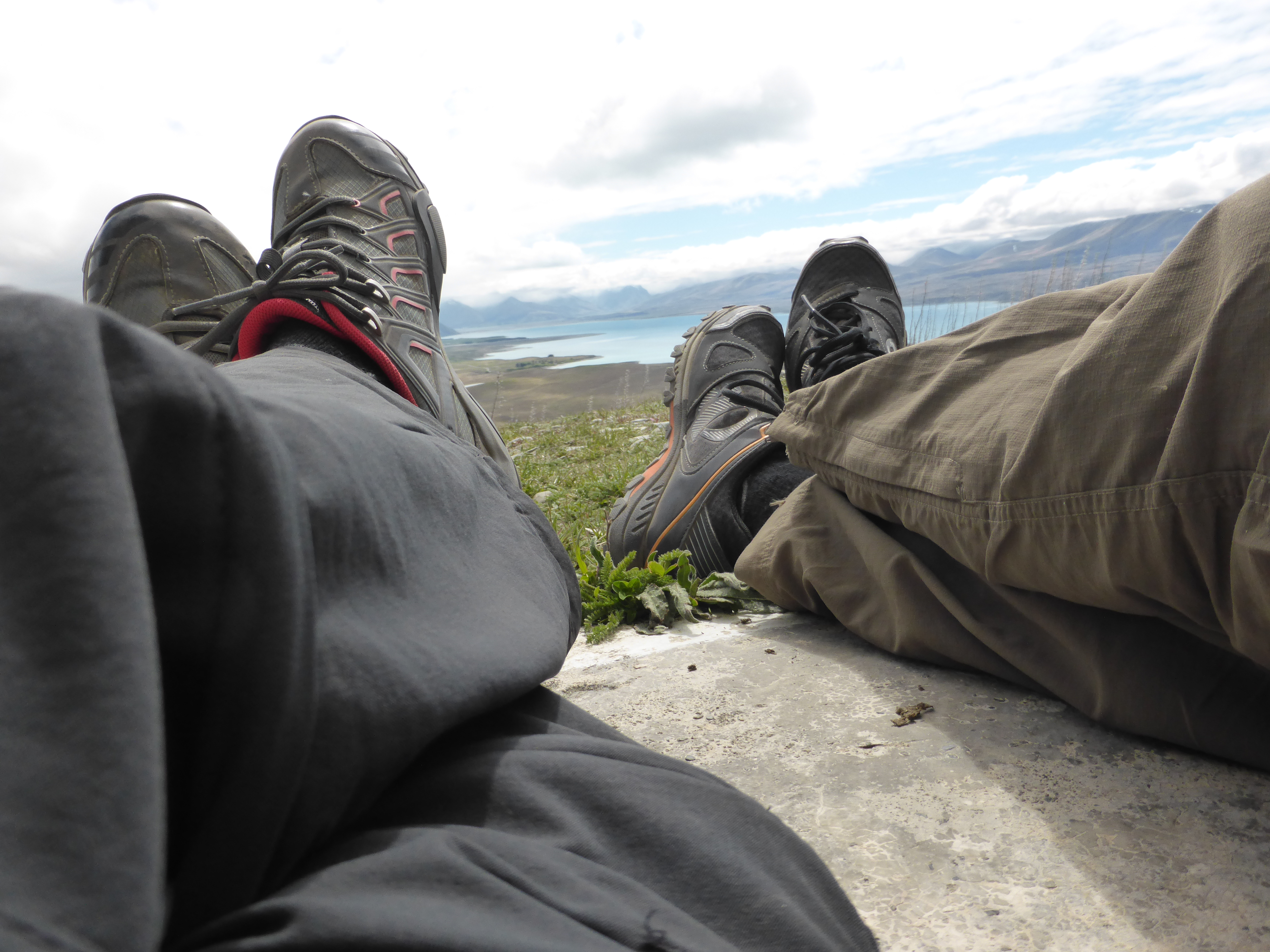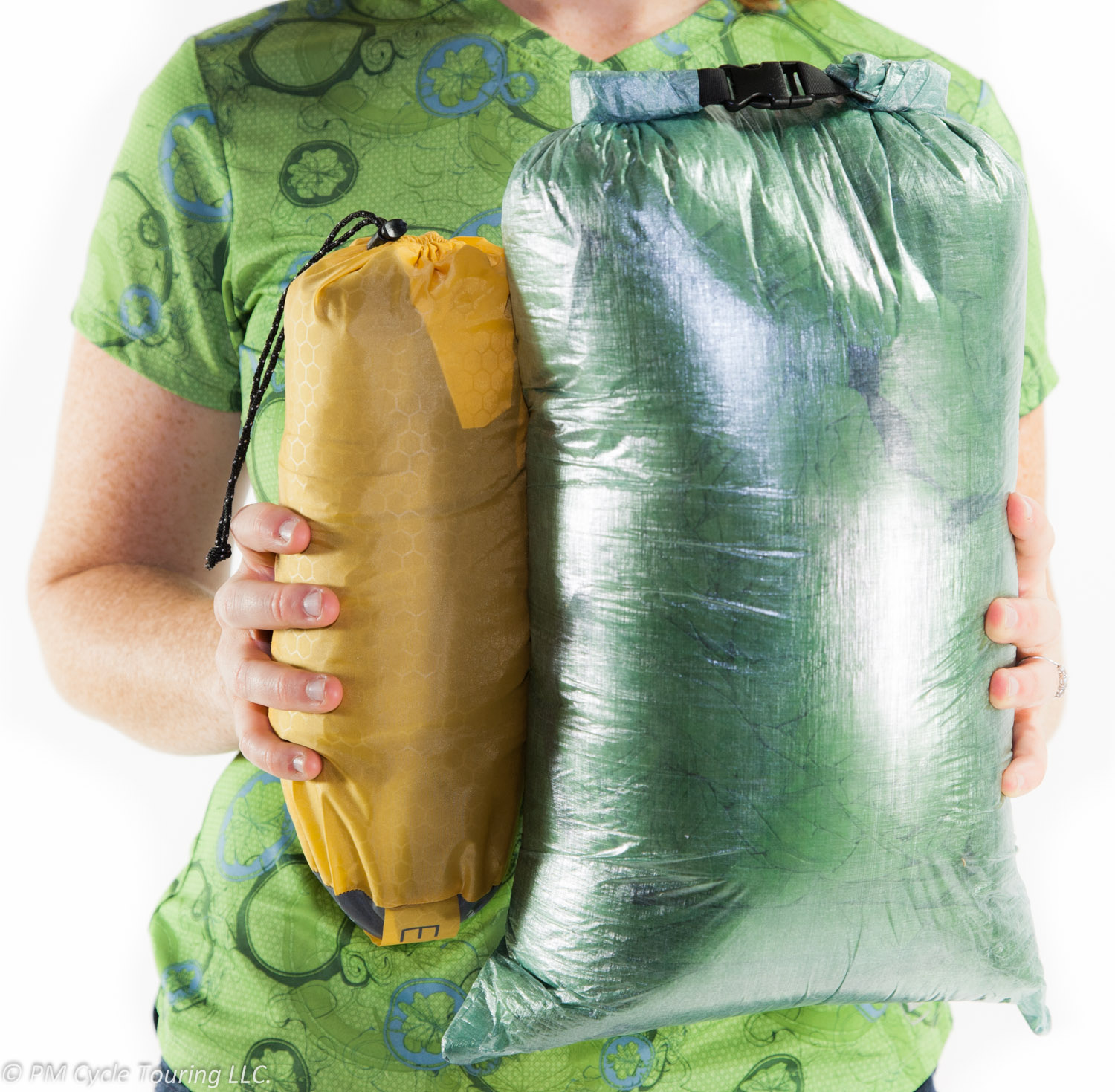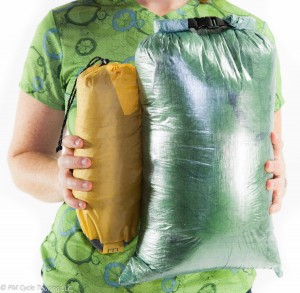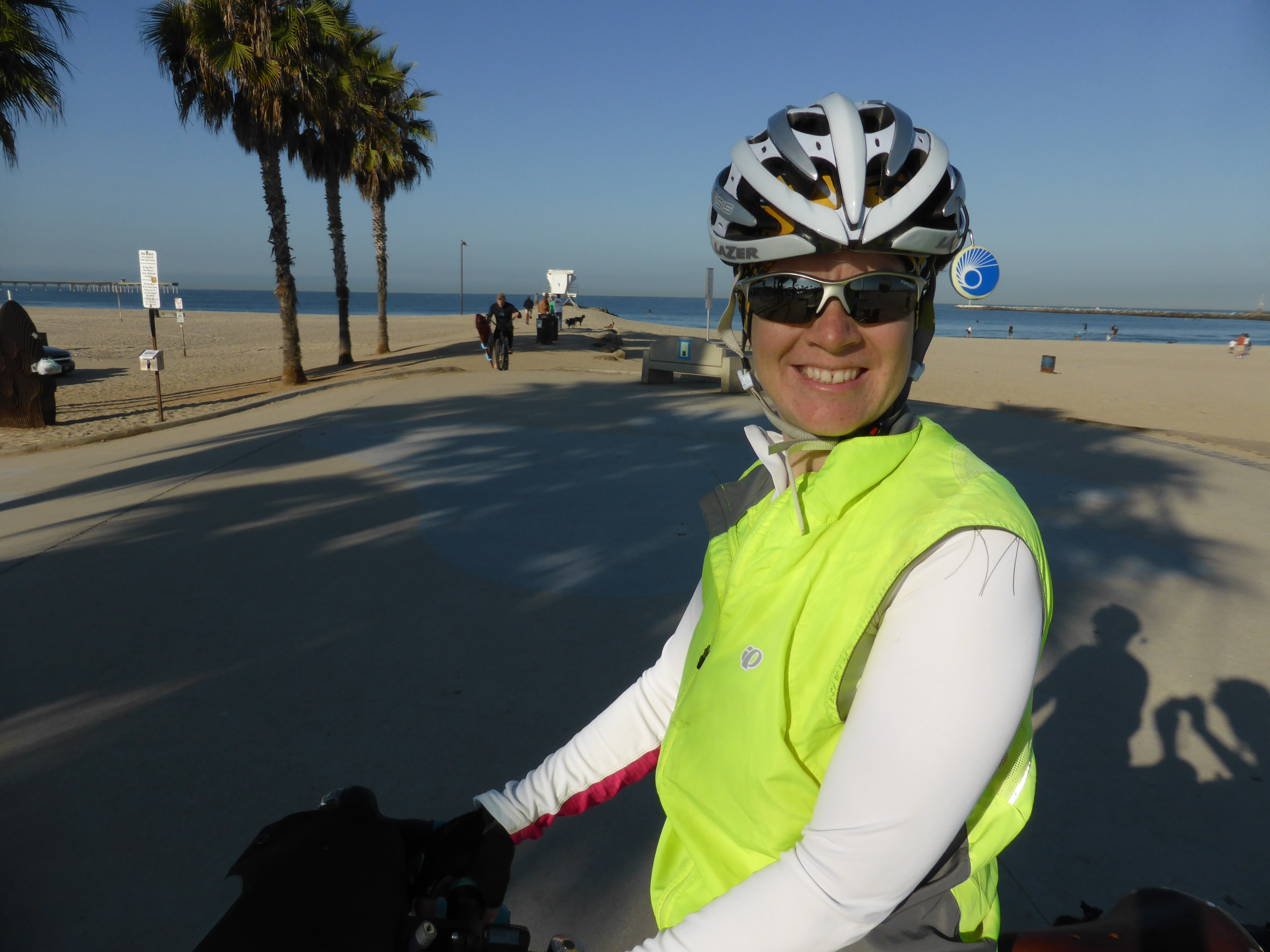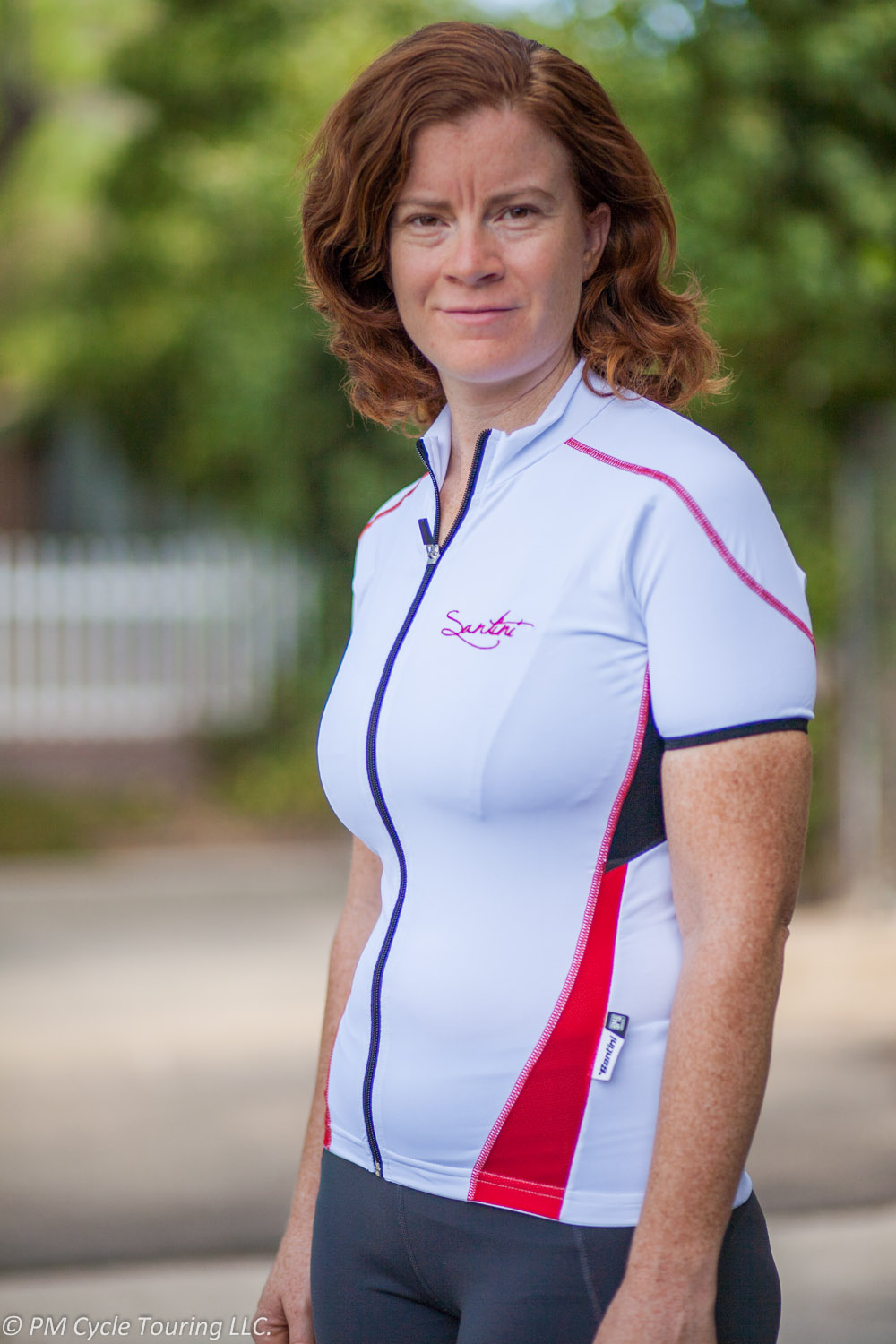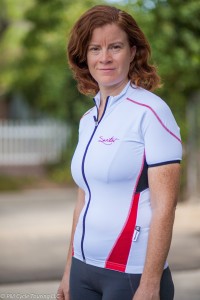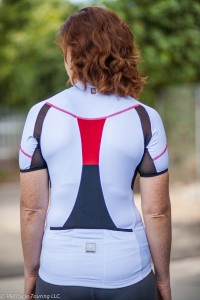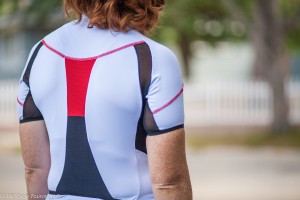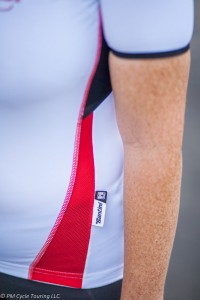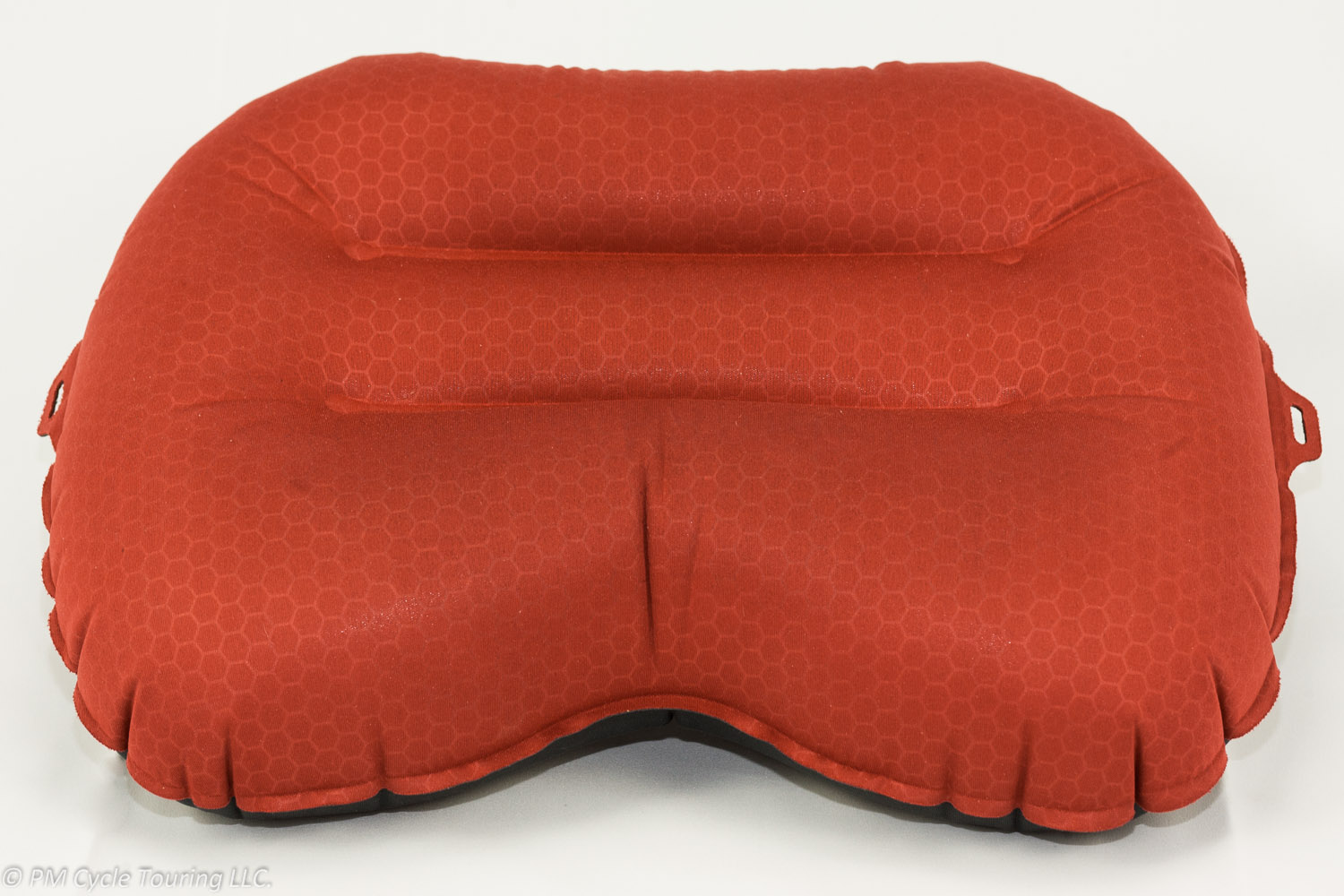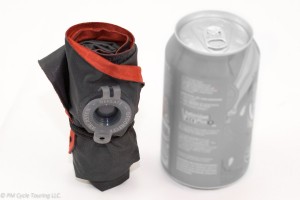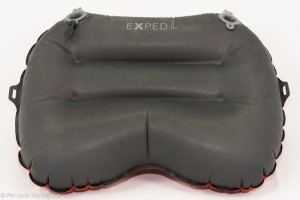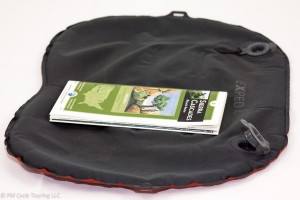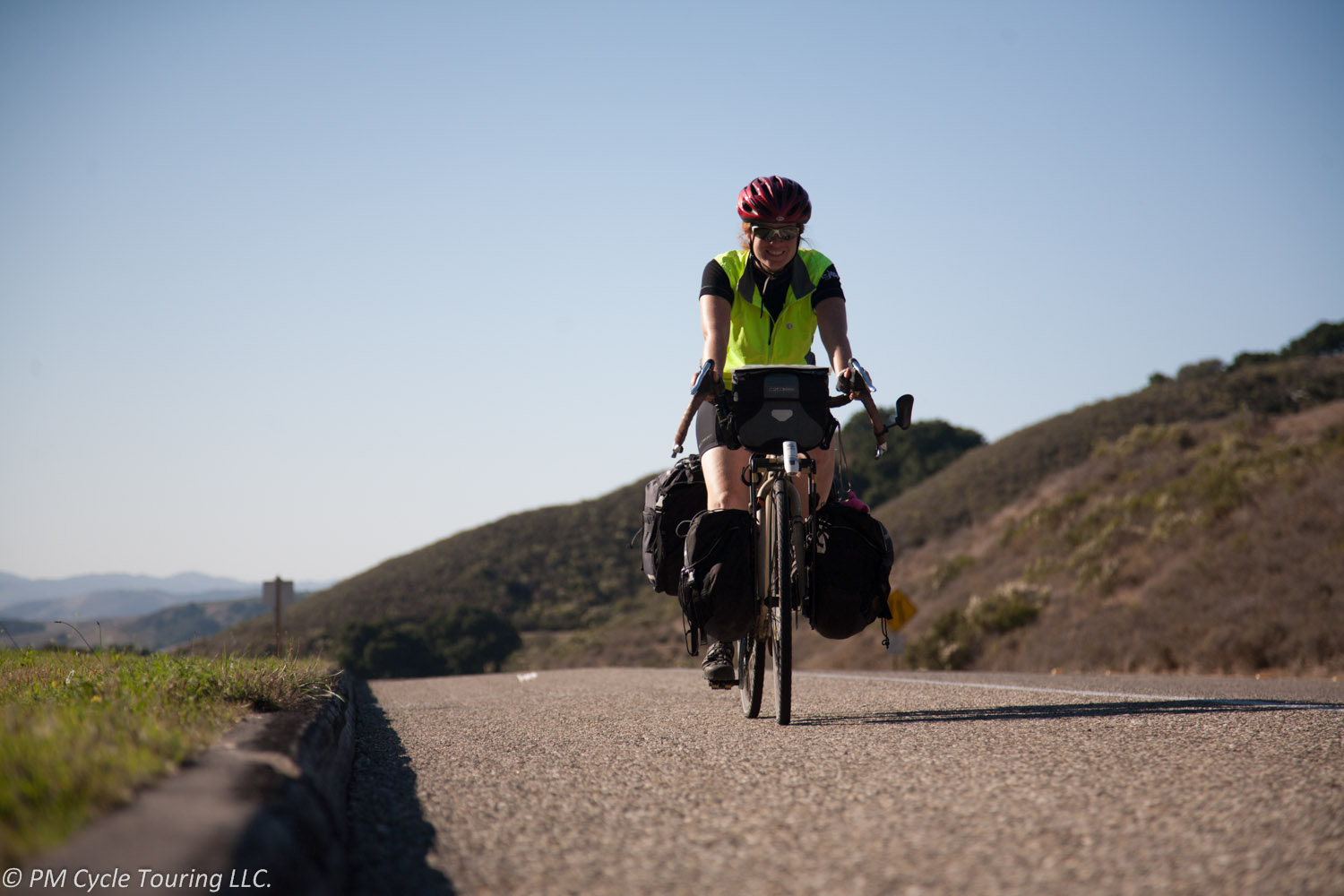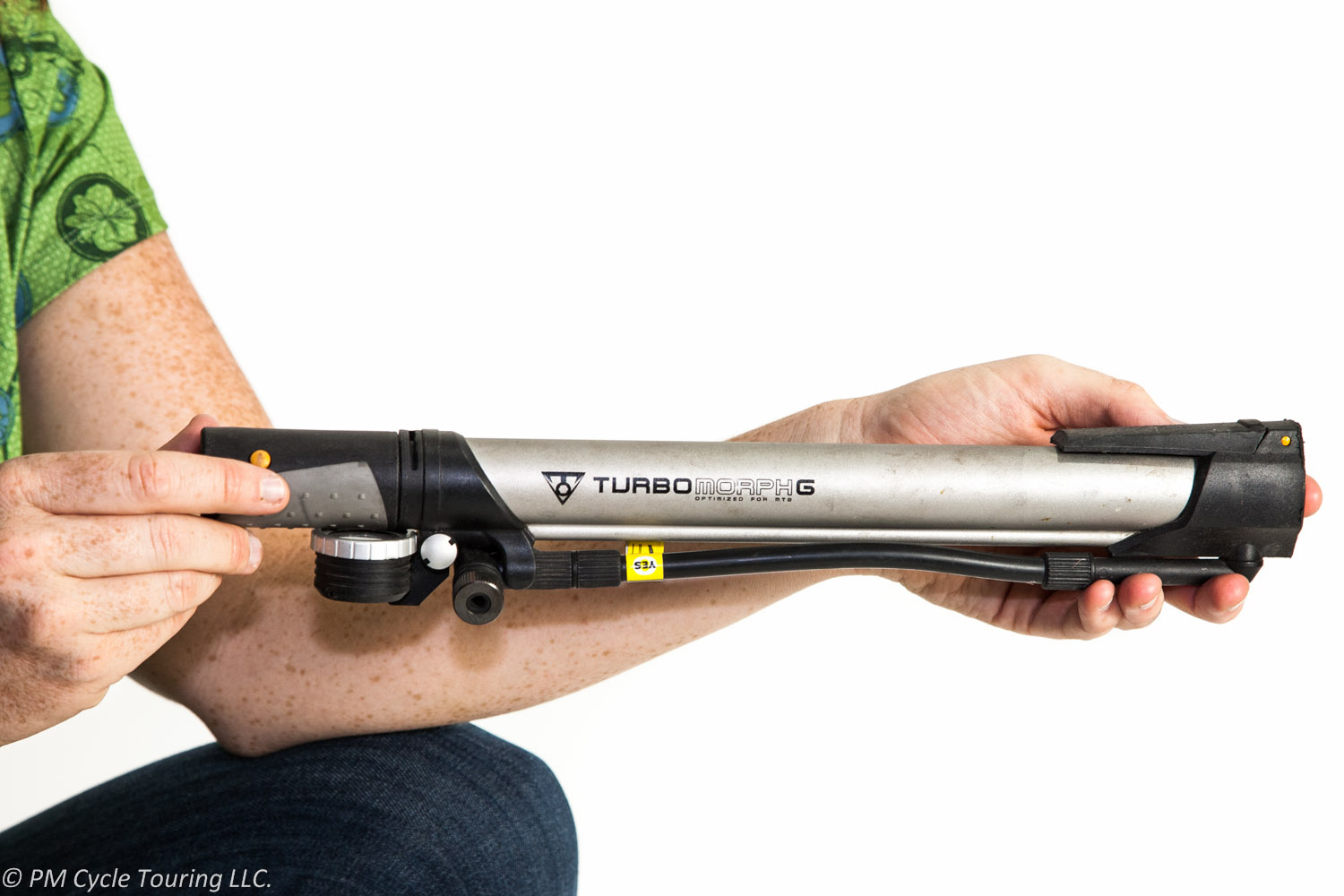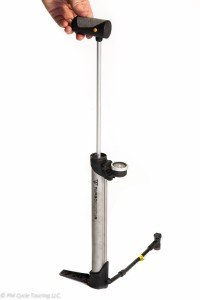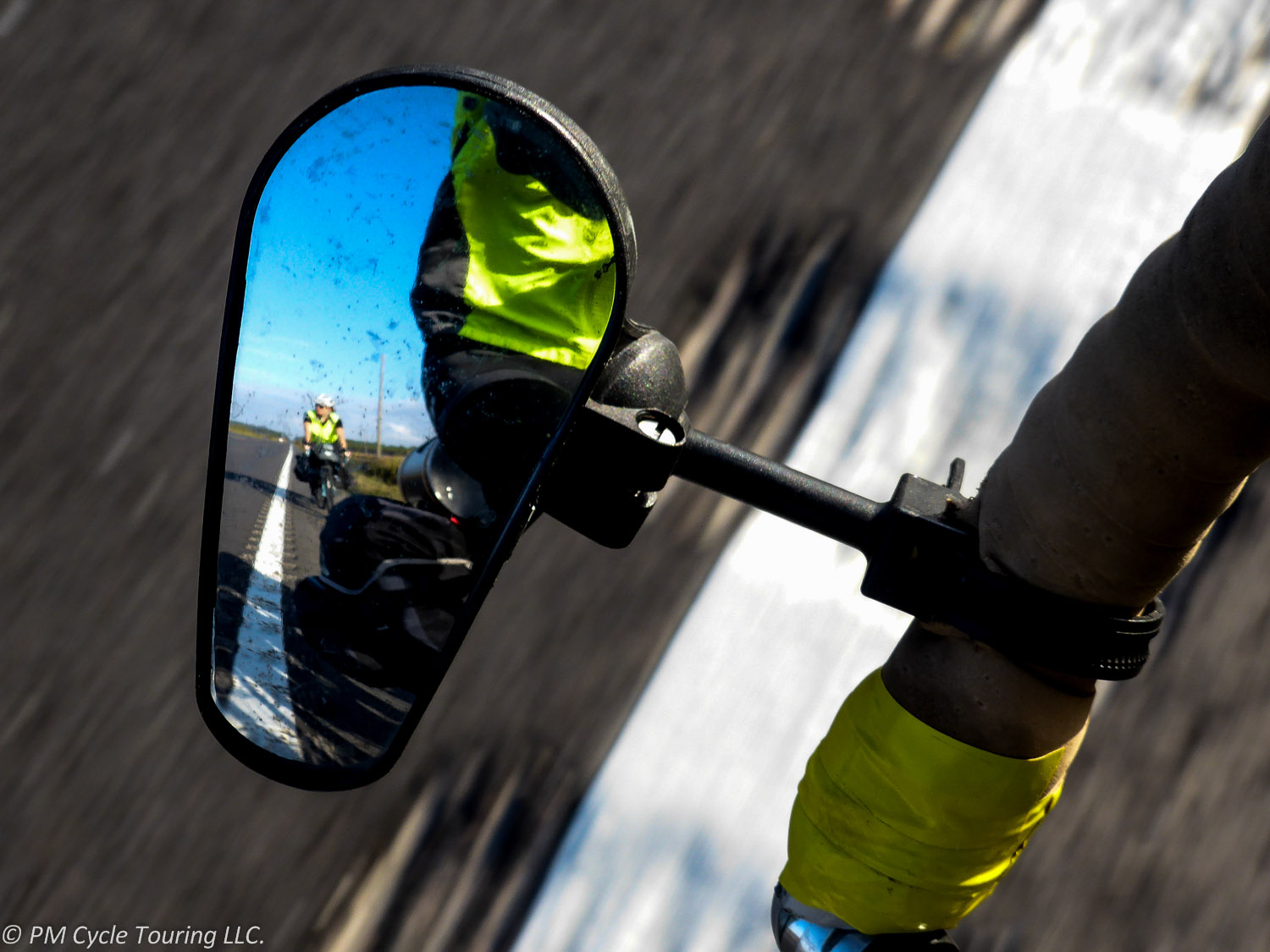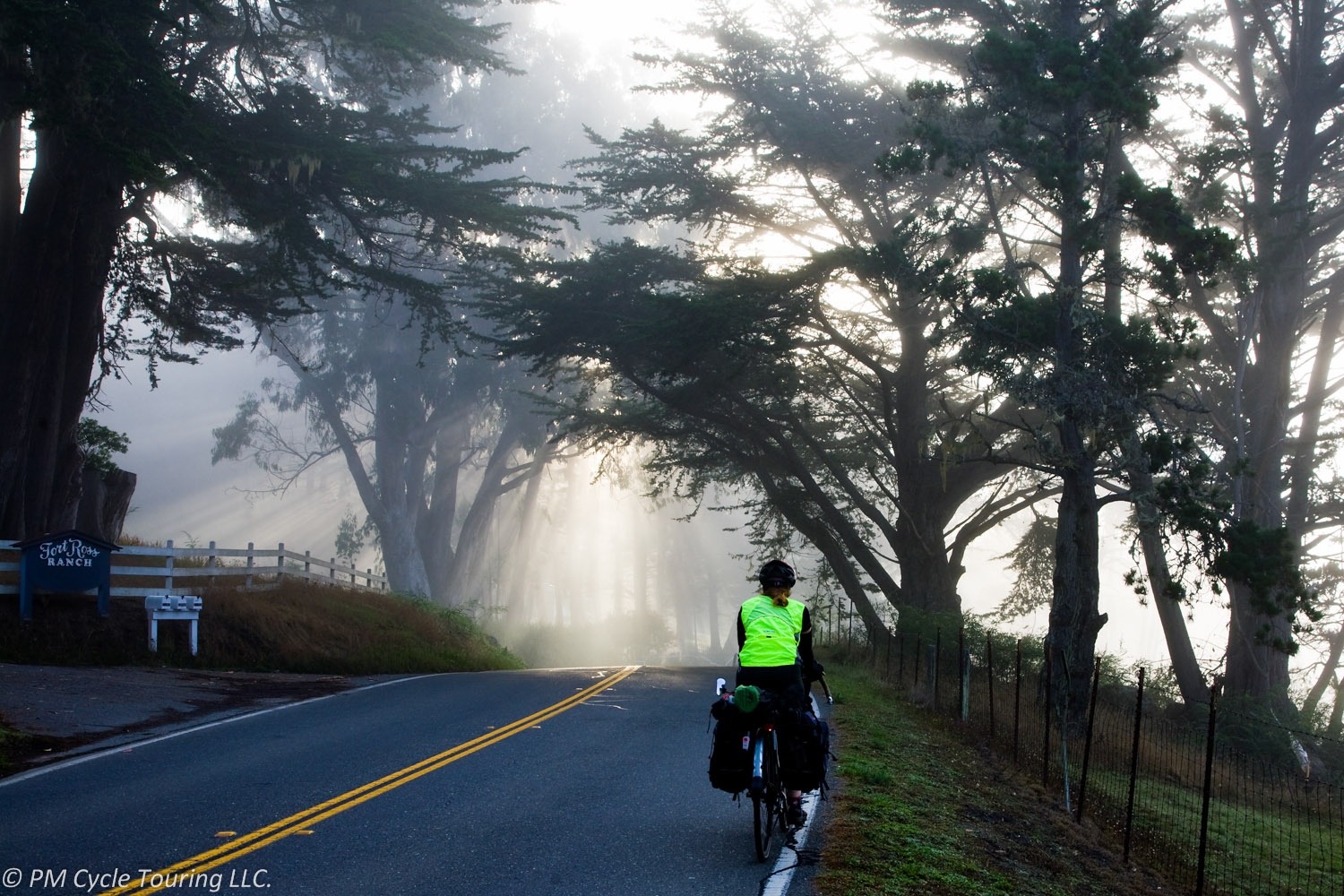I am not a shoe girl. I don’t like going shoe shopping and I don’t have a closet full of shoes. I’m more into having a few pairs of practical shoes that I wear all the time. But, I recently became the proud owner of a third pair of cycling shoes. When I was a kid, all my shoes were cycling shoes. They were simply the shoes I wore when I rode my bike. Now, it’s more complicated.
I have Time ATAC clipless pedals, which are really the pedals with the clips on them, and my shoes need to be clip compatible. My first pair of cycling shoes were Keen Commuter Sandals. I loved them, and I still do. They’re really versatile, easy to clean, and keep my feet from smelling too funky.
When I got a new, fancy bicycle, I wanted a new pair of shoes, and got a pair of mountain bike cycling shoes, Velcro and all. I choose the Black Shimano SH-WM51 Mountain Cycling Shoes because they have a recessed cleat to allow walking around and they are fully enclosed shoes for foot climate control. These shoes ended up being super comfortable, and kept my feet warm on the frigid mornings in the mountains of the Southern Tier. I could add an extra layer of socks, and adjust the shoes to fit snugly. My biggest complaint was the lack of breathability. After a good rainstorm, my socks would be as wet on the inside, from sweat, as the shoes were on the outside.
As we made plans for a New Zealand bicycle tour, I decided to purchase a brand new pair (New bike, new shoes? Maybe there’s a theme). This new pair, Shimano SH-WM34, could be easily mistaken for a pair of hiking shoes. Which is perfect, since we plan to spend a lot of time off the bike on this trip. The shoes lace up, and are pretty comfortable to walk around in. The traction is similar to a hiking shoe, and makes hiking up the hills a breeze. The hiking shoe look helps me blend in with all the other outdoor adventurers for those days off the bike.
Update: And now that we’re back from New Zealand, I’m happy to report on how the SH-WM34 performed. On the bike, the shoe performed exactly as needed, providing a solid platform for pedaling. In addition to cycling, we did plenty of “tramping” off the bike, that is, hiking, and the shoe was very comfortable. There was just enough traction to make me feel secure on the moderate hills we hiked. I wouldn’t do very much advanced hiking, however, as this is a cycling shoe, not a hiking shoe. The inflexibility of the sole takes some getting used to, though, as I’m used to a little bit more flex in my hiking shoes. But overall, I was comfortable on our hikes. In the cool weather, I was able to wear thicker socks, which helped keep my feet warm. When it warmed up, I didn’t like how sweaty my feet got, however, so I wouldn’t recommend these shoes on a tour through hot, humid areas.
What kind of shoes do you wear when you ride? Do you go for comfort or style?
